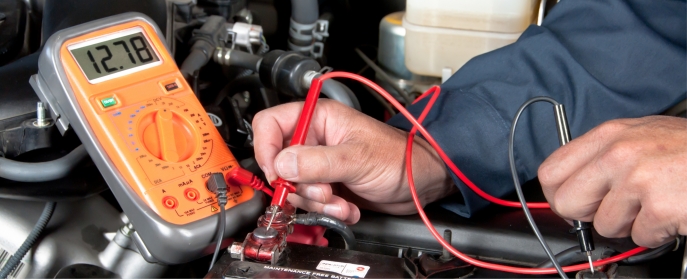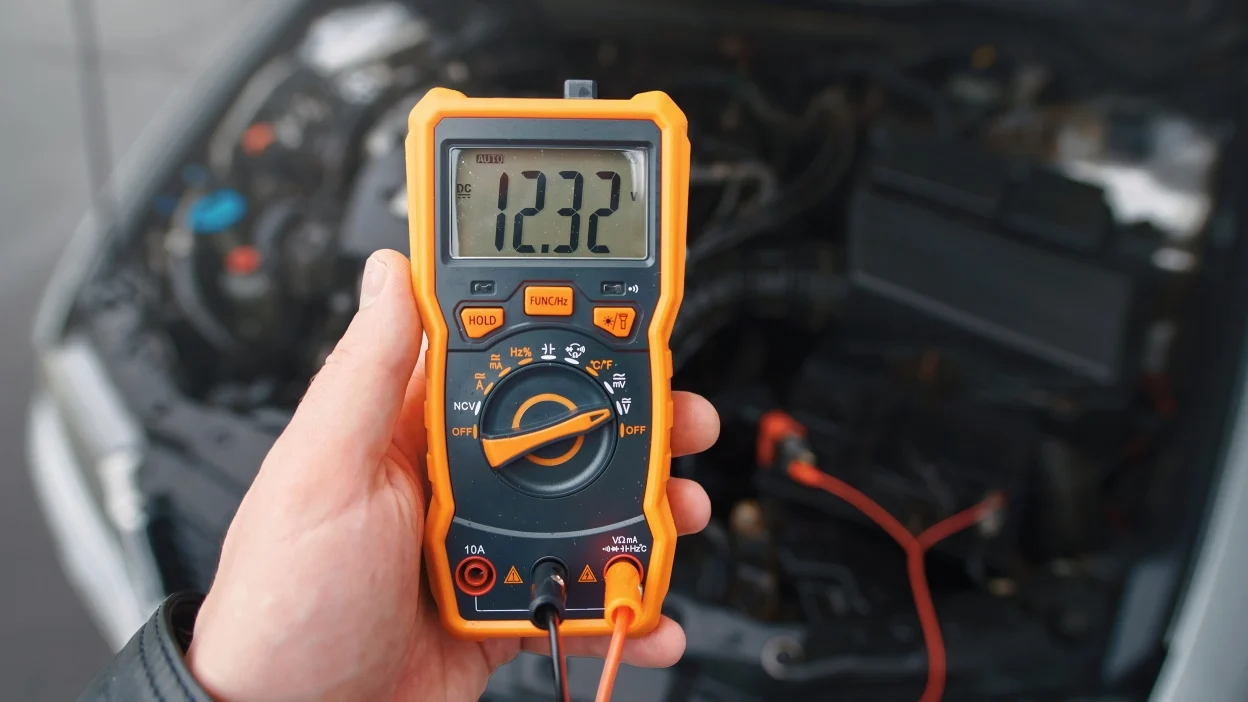Maintaining your vehicle is essential for long-lasting performance, and learning how to change transmission fluid at home can save you time and money. The transmission fluid keeps your car’s transmission running smoothly by lubricating gears, cooling system components, and preventing wear. Changing it regularly ensures your transmission stays in great shape. This DIY guide will walk you through the entire process of how to change transmission fluid at home with easy-to-follow instructions and tips.
Table of Contents
Why You Should Change Transmission Fluid
Understanding how to change transmission fluid at home not only saves on labor costs but also allows you to take a proactive approach in keeping your vehicle in top condition. Over time, transmission fluid can break down, become contaminated, or lose its ability to lubricate effectively. By learning how to change transmission fluid at home, you can help prevent overheating, gear slipping, and overall transmission wear.
Tools and Materials Needed to Change Transmission Fluid at Home
Before you start, gather these essential tools and materials for changing transmission fluid at home:
- Transmission fluid (Make sure it’s compatible with your car model)
- A transmission fluid pump or funnel
- Drain pan
- Socket wrench set
- Rubber gloves and safety glasses
- Transmission fluid filter (optional but recommended)
- Jack and jack stands (or ramps for vehicle lifting)
Step-by-Step Guide: How to Change Transmission Fluid at Home
Step 1: Prepare Your Workspace
To begin, ensure that your workspace is safe and organized. Park your vehicle on a flat surface and engage the parking brake. Use a jack and jack stands to lift the vehicle or drive it onto ramps to access the transmission pan more easily. This is the first step in how to change transmission fluid at home.
Step 2: Locate the Transmission Pan
To properly change transmission fluid at home, you’ll need to locate the transmission pan under your car. This pan is usually at the bottom of the transmission and holds the transmission fluid. Consult your vehicle’s manual to identify its exact location if needed.
Step 3: Drain the Old Transmission Fluid
With a socket wrench, remove the bolts securing the transmission pan to the transmission. As you loosen the bolts, be prepared for fluid to start draining. Make sure to position your drain pan correctly to catch the used fluid. When you change transmission fluid at home, use this step to inspect the fluid for any unusual color or smell.
Step 4: Replace the Transmission Filter (Optional)
While this step is optional, replacing the transmission filter is a good idea when you change transmission fluid at home. Carefully remove the old filter, which is usually attached to the transmission with a few bolts. Install the new filter, ensuring it’s properly seated.
Step 5: Clean the Transmission Pan
After removing the old transmission fluid, clean the transmission pan thoroughly. Remove any residue, metal shavings, or debris from the pan and its magnets. This step is crucial for a successful transmission fluid change at home, as it helps prevent contaminants from entering the new fluid.
Step 6: Reinstall the Transmission Pan
Once the pan is clean, reattach it to the transmission. Secure all bolts evenly to ensure a good seal. Avoid over-tightening, as this could damage the pan or cause leaks.
Step 7: Add New Transmission Fluid
Now comes the final step in how to change transmission fluid at home: adding the new fluid. Using a transmission fluid pump or funnel, add the correct amount of new transmission fluid through the dipstick tube. Be sure to consult your vehicle’s manual for the recommended fluid type and capacity.

Tips for Successfully Changing Transmission Fluid at Home
- Use the correct type of transmission fluid: Different cars require different types of fluid. Always refer to your owner’s manual.
- Check for leaks: After you change transmission fluid at home, monitor the area beneath your car for leaks over the next few days.
- Dispose of used fluid properly: Transmission fluid is toxic, so recycle it at an auto parts store or recycling center.
How Often Should You Change Transmission Fluid at Home?
Knowing how to change transmission fluid at home is key, but knowing when to do it is just as important. Changing transmission fluid at home should generally be done every 30,000 to 60,000 miles. However, heavy driving, towing, or harsh weather conditions may require more frequent changes. Always refer to your vehicle’s maintenance schedule.
Final Thoughts: How to Change Transmission Fluid at Home
Learning how to change transmission fluid at home can save you a significant amount of money while helping you keep your car in peak condition. This step-by-step process can be done in a few hours with the right tools, and once you’ve done it once, you’ll feel confident doing it again. Remember, regular maintenance like changing transmission fluid at home is key to avoiding costly repairs down the line.
By following these steps and staying consistent with your vehicle’s maintenance, you can enjoy smooth, efficient driving for years to come. Ready to take on the challenge? Grab your tools and get started on changing transmission fluid at home today!
Related Post:
Learn how low transmission fluid can lead to overheating and what steps to take to prevent it in our guide on transmission fluid maintenance.





Leave a Reply